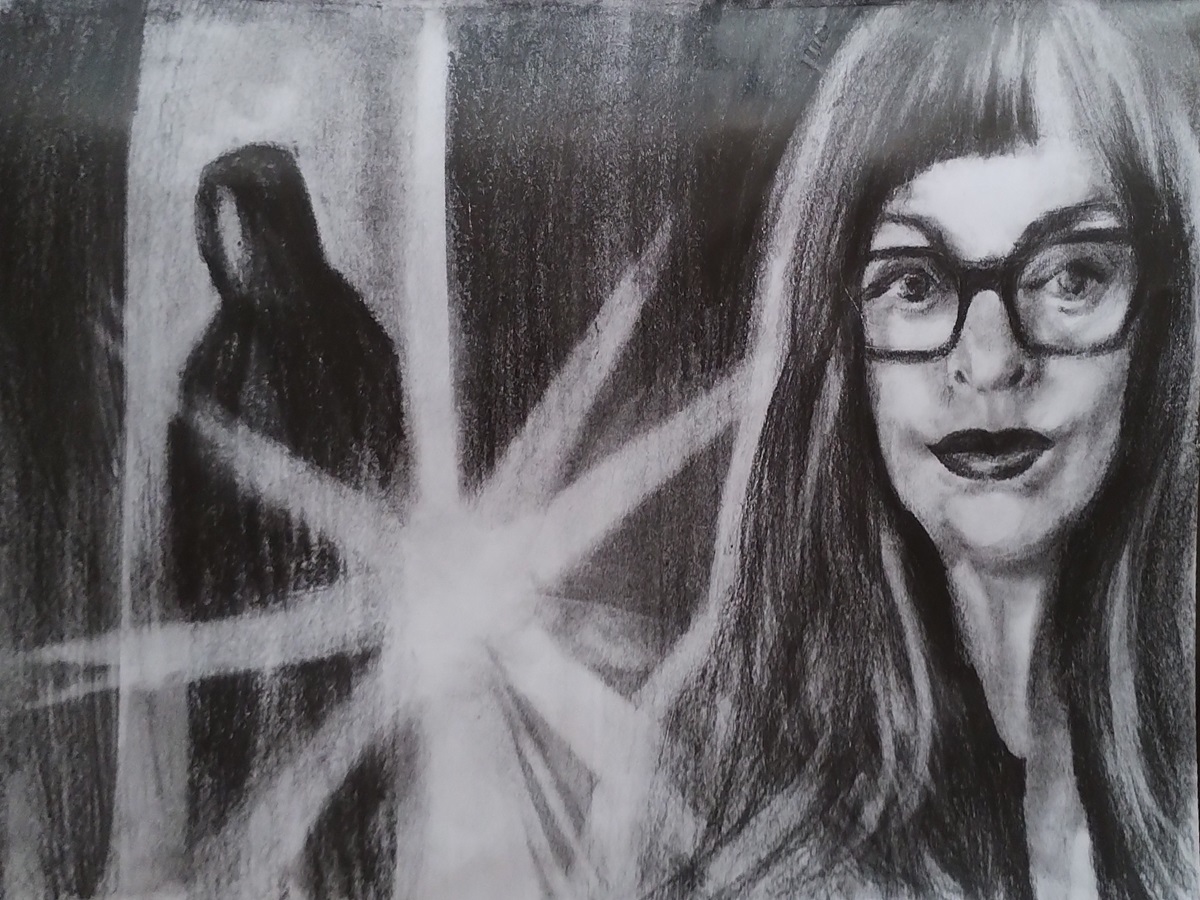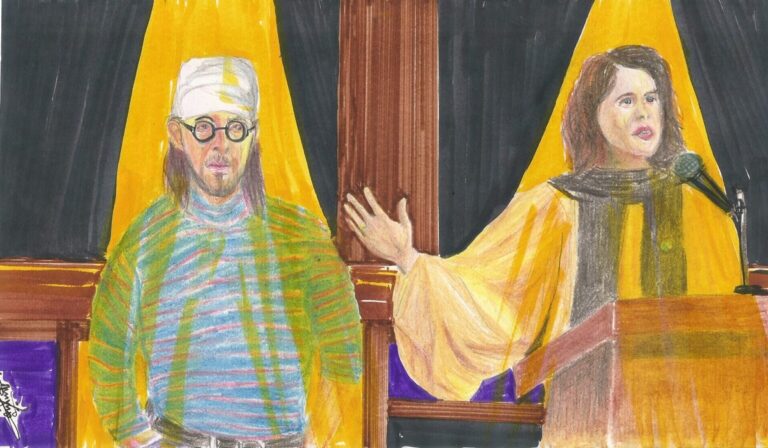
The canonical right time to review a book is when it comes out. An untimely review is only warranted when the book is timeless or—if only tangentially—about a topic of timeless interest. Amy Bruni’s Life With the Afterlife is the latter sort of book: riveting but forgettable. It loudly draws you in and quietly lets you down, much like an episode of your generic paranormal television show. The elements of a typical episode are all present. You have the charismatic hostess of the hit Travel Network show Kindred Spirits, and prominent paranormal investigator, Amy Bruni to give you a tour of haunted houses, discuss the religious beliefs of the deceased, and the demographic variety of ghosts you can encounter. What makes this a smidgen better than an episode on a typical paranormal show is Bruni’s grounded, and idiosyncratic, commentary on the actual phenomena and the subcultures it has spawned.
Why Now?
The idea that we live in a haunted world has always enjoyed enormous appeal. Even in our enlightened times almost half of Americans believe they’ve been visited by a deceased family member. Americans who say they follow no particular religion are even more likely to say they have ever been visited by a deceased loved one [58%] than are agnostics [34%] and atheists [26%]. Clearly an individual’s beliefs about the existence of God are no bar to their belief in the persistence of the human being in some form postmortem. From here it is only a small step to thinking human thoughts and intentions can form entities—egregors—that behave like ghosts of a sort. Many religious traditions also include angels, demons, gods, and other supernatural entities in their inventory of existing beings. Bruni’s discussion only assumes the existence of ghosts that are either deceased humans or aggregations of human thoughts. She takes a humanistic view of the supernatural; quite literally, she advices the curious reader to “remember ghosts are people too” (Ch.1).
If ghosts are people at a certain resolution of analysis then they must act from similar motivations and in similar ways as the living. Bruni isn’t alone in thinking that genuine hauntings typically involve mundane situations like the restless dead trying to exact revenge from beyond the grave, or refusing to vacate their mortal home for new, living occupants. If this much is true then any resident ghosts who’ve revealed their presence deserve a fair hearing if not assistance in belatedly righting their wrongs. Malicious ghosts might be brought to heel by means of a disciplinary ritual or exorcism. Hollywood and paranormal television shows are agreed about that much along with their audiences and the general public. Where Bruni departs from this conventional wisdom is in having doubts about the efficacy and even advisability of forcing ghosts out of their haunts by any religious and ritual means (Ch.4). They might have different religious beliefs; the chosen ritual might be ineffective.
Ghost Hunting for Dummies
Bruni is right of course in observing that no one asking a ghost to walk into the light and out of a property knows if there is indeed a light the unwelcome presence might walk towards. Perhaps there is one, but can the living really enforce an eviction of a ghost not of the mind to move out? It seems not. Tales of unrelenting hauntings put paid to the idea that the dead are simply waiting to be sent their way and removed from their proximity to and contact with the living. This obvious bit of wisdom, wanting in many Hollywood exorcisms, is echoed in the Bible which makes it clear that some hauntings are insoluble. In 1 Samuel 16:14 God punishes Saul by sending an evil spirit to torment him; and, though he enjoys sporadic respite—when the non-human supernatural entity is mollified by David’s harp playing—there is no ultimate remedy and the spirit dogs Saul all his life.
What’s most refreshing about this book is Bruni wants to open your mind without hoping your brains fall out. She brings and recommends a healthy scepticism to accounts of hauntings. Before seeking an exorcist or ghost hunter rule out physiological and psychiatric explanations for any distresses that appear to have a paranormal source. The popularity of paranormal television, not least shows like Bruni’s own Kindred Spirits, has gone hand in hand with the growth of ghost hunting, paranormal investigation, and amateur occult and esoteric practice subcultures (Mayer 364). Talk of smudging a property with sage as a routine home cleanse, or using Tarot divination as an expression of gender attitudes in mainstream media doesn’t induce a satanic panic or calls to burn the witches except in small pockets of LARPing Trads online. It might even make a great TikTok or Vogue thinkpiece. But Bruni, along with evangelical Christian parents everywhere warns, a lot of paranormal influencers and casual dabblers are “playing with things they don’t understand” (Ch. 8). Beware you can bring ghosts back with you instead of sending them off into the light. The Bible curiously reports no incidents involving non-living objects being haunted or possessed.
On a more quotidian note the rising star of interest in the paranormal goes with the rise of a crude scepticism about subjects that fit squarely within the sights of scientific investigation. Many people who believe in ghosts tend to outright disbelieve in the existence of cryptids, and aliens (Ch. 10). From a scientific point of view the existence of alien life seems vastly more probable than that of ghosts. If you believe in ghosts you can do worse than believing in Bigfoot. Not even Bruni wants you to believe everything you read, but reading about improbable things that just might be true is just plain good sense.
REFERENCES
Amy Bruni. (2020). Life With the Afterlife:13 Truths I Learned About Ghosts. Hachette Book Group, Inc.
Gerhard Mayer, “A Phenomenology of the Ghosthunting Scene in the USA and in Germany” in Olu Jenzen & Sally R. Munt Eds. (2013). The Ashgate Research Companion To Paranormal Cultures. Ashgate. PP. 363-376.





